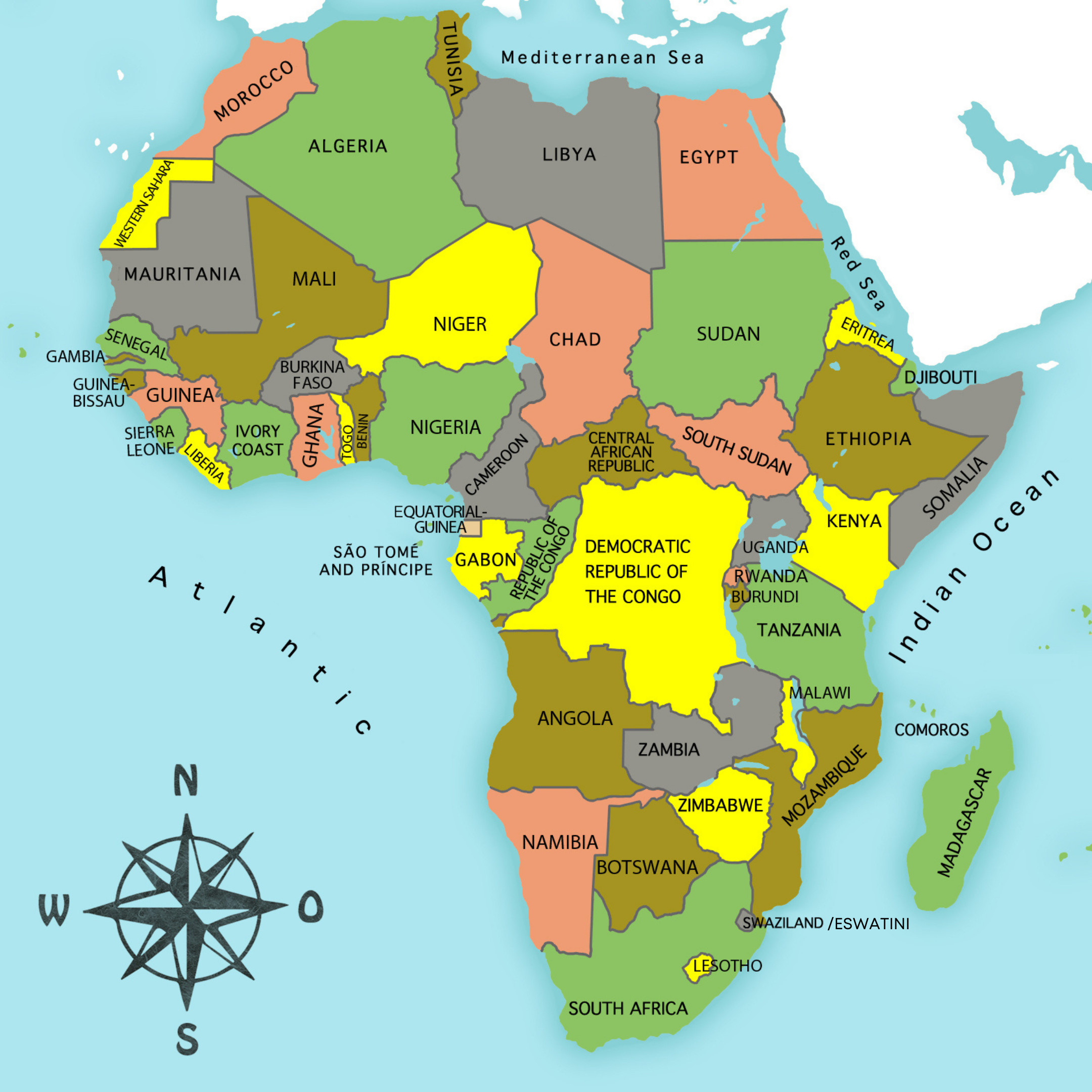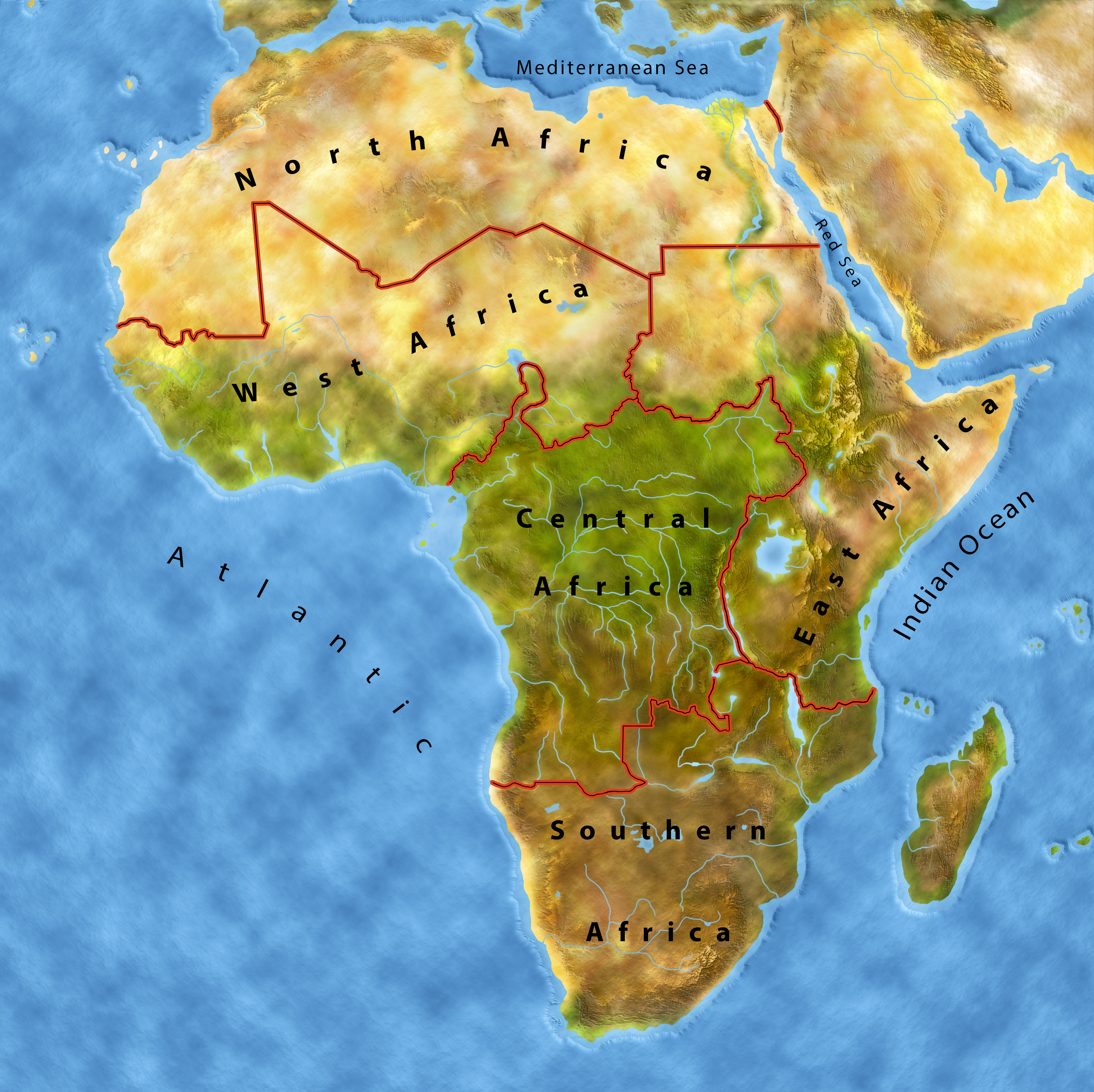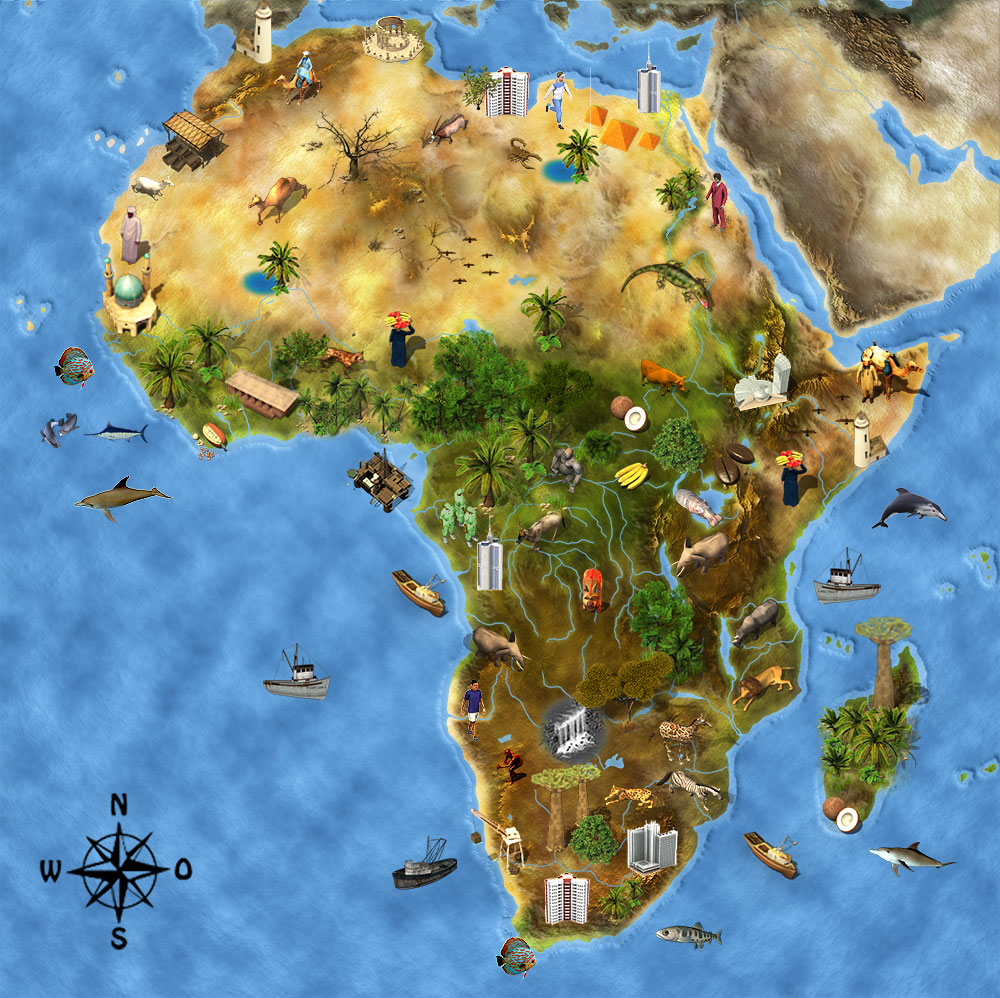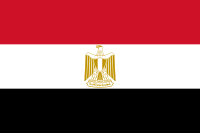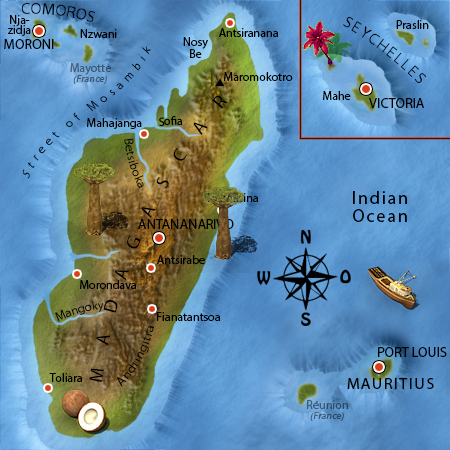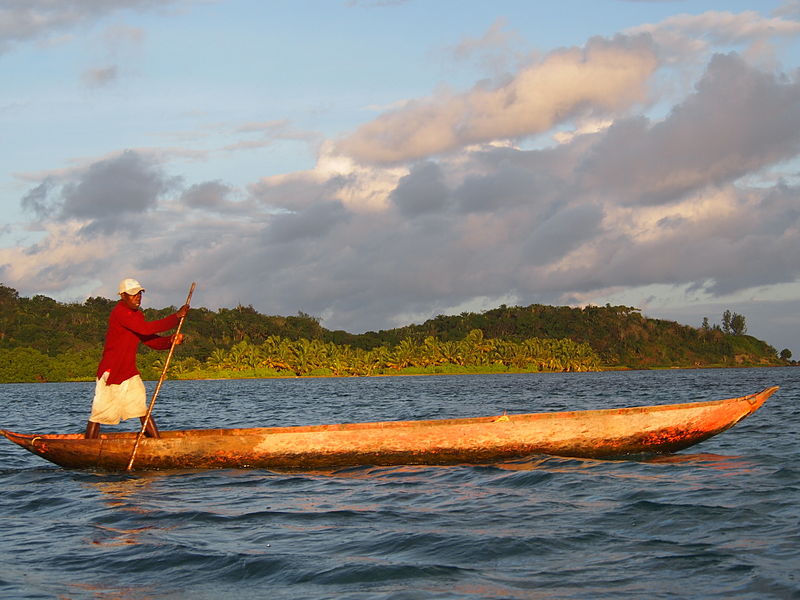Hello, manao ahoana, welcome to Madagascar, the amazing island in the Indian Ocean!
Madagascar is an island of adventure. Many of the most exciting pirate tales originate from Madagascar, but unfortunately so do some of the saddest reports of slavery. This is the only place Lemurs can be found in their natural habitat, along with special plants and spices which grow only on Madagascar. It is the second largest island state in the world.
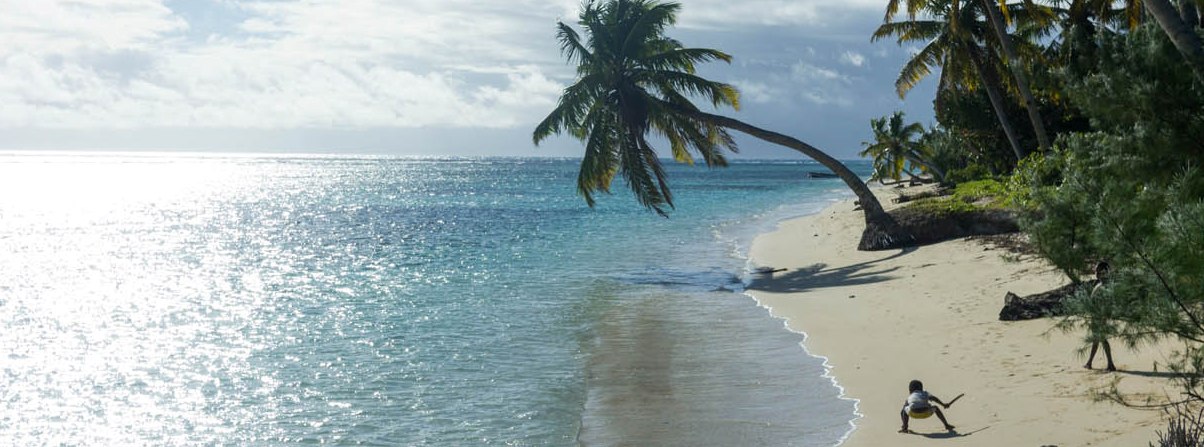
Madagascar is situated off the east coast of Africa, in the Indian Ocean. Because the island is south of the equator it has a tropical climate all year round. In the centre of the island on an elevated plain is the Ankaratra mountain region where the climate is temperate. The eastern part of the island is wet all year round and thick with rainforest. In the west, steppes and woodland areas are more common. Every summer, tropical tornadoes cause serious damage to the island. Madagascar is known as the red island because of the colour of the soil. Particularly the north of the island has many inlets, which offered perfect hiding places for pirates hundreds of years ago.
Landscape
Madagascar is also known as the sixth continent, because of its many different landscapes. The island separated from the main African continent 150 million years ago. For this reason, many of the animals found on the continent such as gorillas, elephants and giraffes do not exist on Madagascar.
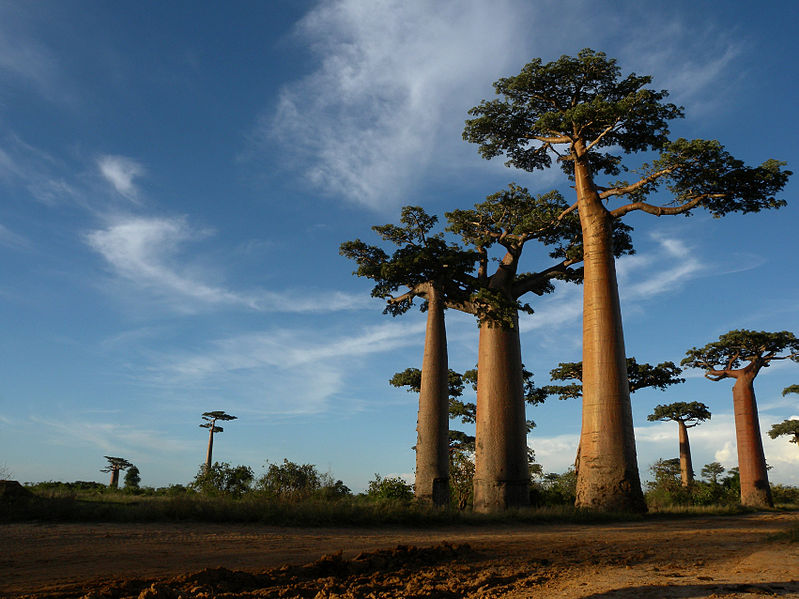
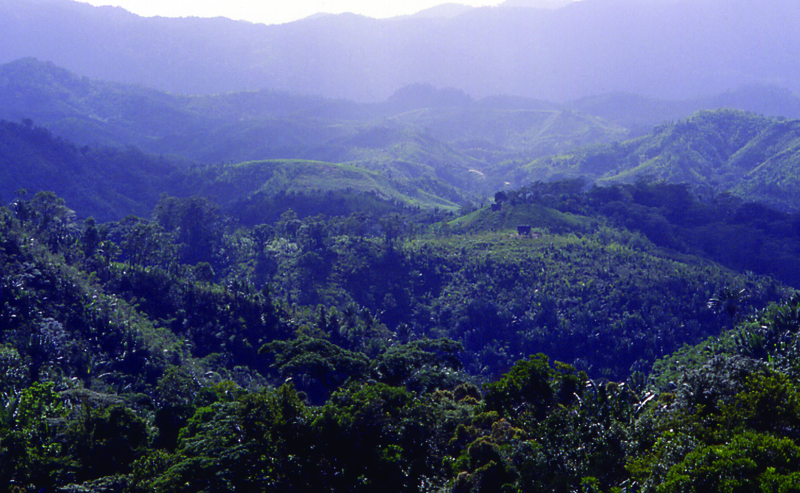
Wildlife
Madagascar has some of the world's most interesting animals. About 75 percent of the species found in Madagascar live nowhere else on the planet. This includes the lemurs, the cute furry creatures are the main attraction in the film Madagascar, and the fossas which look like a cross between a puma and a dog. Sadly these unique animals are under threat due to the fast growing population.
![]() More about Madagascar’s animal kingdom
More about Madagascar’s animal kingdom
Antananarivo – Capital of Madagascar
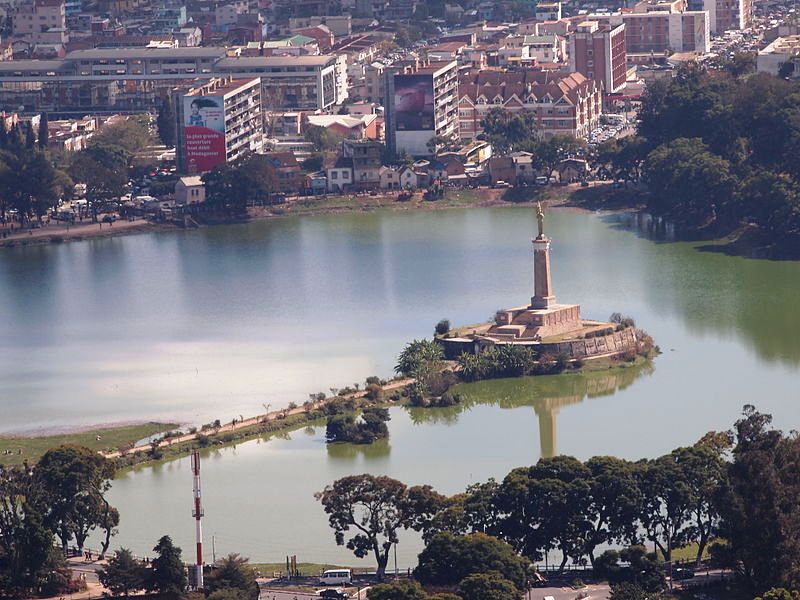
Peoples and Languages
Madagascan ancestors originated from Indonesia, Africa and the Arabic region. The language is known as Malagasy and developed from an Indonesian dialect. Many Madagascans also speak French because for a long time the island was a French colony.
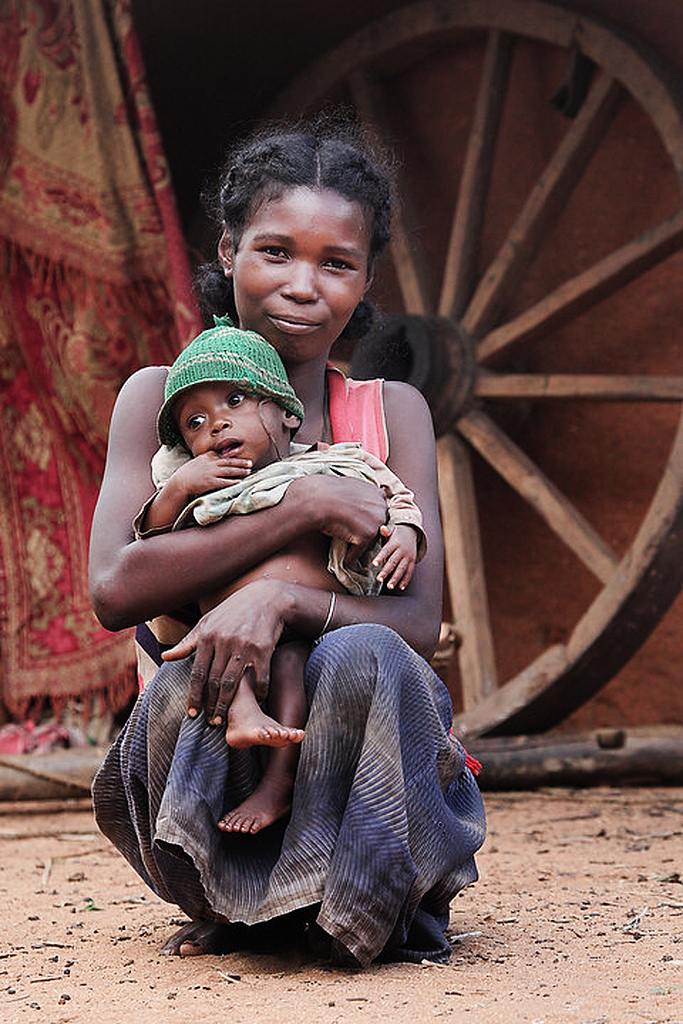
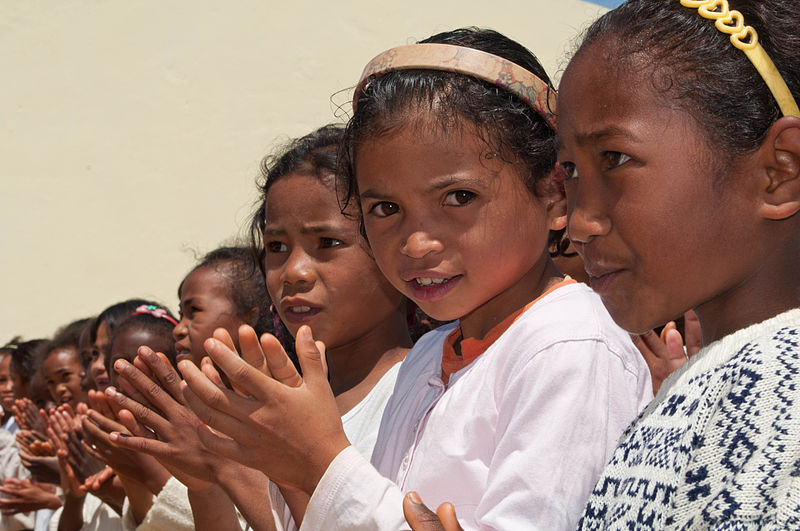
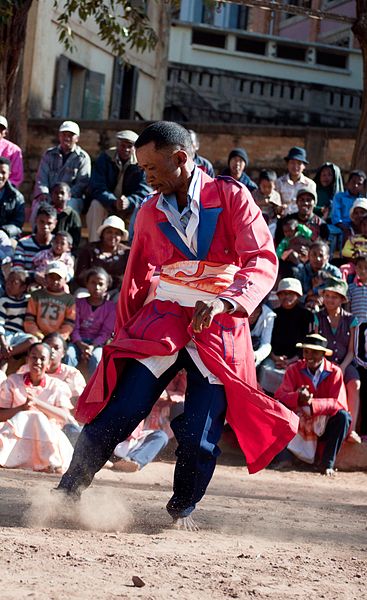
Ever since, Christianity has played an important role on the island alongside the traditional faith. Christian holidays are the most widely celebrated. The population of Madagascar is very young – over half of its inhabitants are under 18 years of age.
Ambohimanga - one of the most secret Places in Madagascar
 The Palace of the Kings of Merina is situated on one of the twelve holy hills near by Antananarivo. The palace is hidden in the woods that surround the city and is called secret city. The wodden royal palace is the center of the town. In former times the king was living in Ambohimanga. Until today the palace is the cultural center of Madagascar.
The Palace of the Kings of Merina is situated on one of the twelve holy hills near by Antananarivo. The palace is hidden in the woods that surround the city and is called secret city. The wodden royal palace is the center of the town. In former times the king was living in Ambohimanga. Until today the palace is the cultural center of Madagascar.
Celebrating the Dead
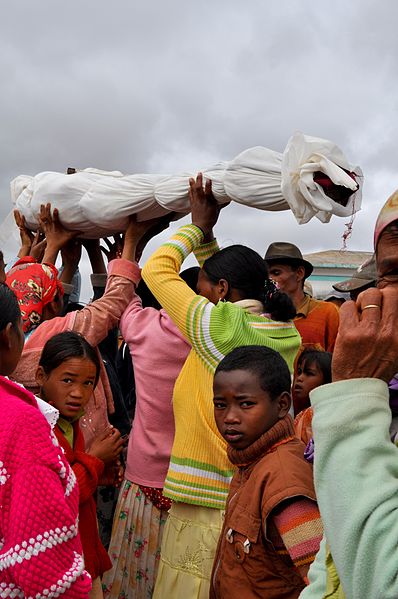 Madagascans still observe their traditional faith, in which ancestors and forefathers play a significant role. Many celebrations are associated with Madagascan ancestry. The ancestors are not believed to be dead, rather that they have moved into a different realm. As part of the largest celebration on the island, known as Famadihana, the mortal remains of the dead are removed from their colourfully decorated tombs, taken home and cleaned, and wrapped in clean pieces of cloth. Afterwards, the dead are presented to any new members of the family. This is followed by a special meal, dance and song. Even the children join in the festivities. When the celebration is over, the remains are returned to the tomb.
Madagascans still observe their traditional faith, in which ancestors and forefathers play a significant role. Many celebrations are associated with Madagascan ancestry. The ancestors are not believed to be dead, rather that they have moved into a different realm. As part of the largest celebration on the island, known as Famadihana, the mortal remains of the dead are removed from their colourfully decorated tombs, taken home and cleaned, and wrapped in clean pieces of cloth. Afterwards, the dead are presented to any new members of the family. This is followed by a special meal, dance and song. Even the children join in the festivities. When the celebration is over, the remains are returned to the tomb.
Taboos, forbidden things!
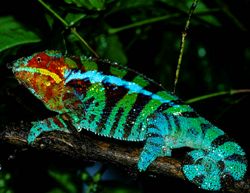 Madagascans have a terrible fear of one particular animal, which is found on the island in many different colours and sizes: The Chameleon. They flee from them to avoid being touched by a lizard. They believe that Chameleons are bad luck, and that they cause illness and sorrow. They call the Chameleon “fady” meaning “forbidden” or “taboo”. Many things in Madagascar are fady. Log boatmen are forbidden from eating eel. Pregnant women are not allowed to eat ginger. If an old man goes onto his fields on a Tuesday - fady! An invisible network of prohibitions spreads across the whole island. Village chiefs are allowed to proclaim new fadys and renounce old ones. This practice is very similar to that of ethnic groups in Indonesia.
Madagascans have a terrible fear of one particular animal, which is found on the island in many different colours and sizes: The Chameleon. They flee from them to avoid being touched by a lizard. They believe that Chameleons are bad luck, and that they cause illness and sorrow. They call the Chameleon “fady” meaning “forbidden” or “taboo”. Many things in Madagascar are fady. Log boatmen are forbidden from eating eel. Pregnant women are not allowed to eat ginger. If an old man goes onto his fields on a Tuesday - fady! An invisible network of prohibitions spreads across the whole island. Village chiefs are allowed to proclaim new fadys and renounce old ones. This practice is very similar to that of ethnic groups in Indonesia.
Schools and Education
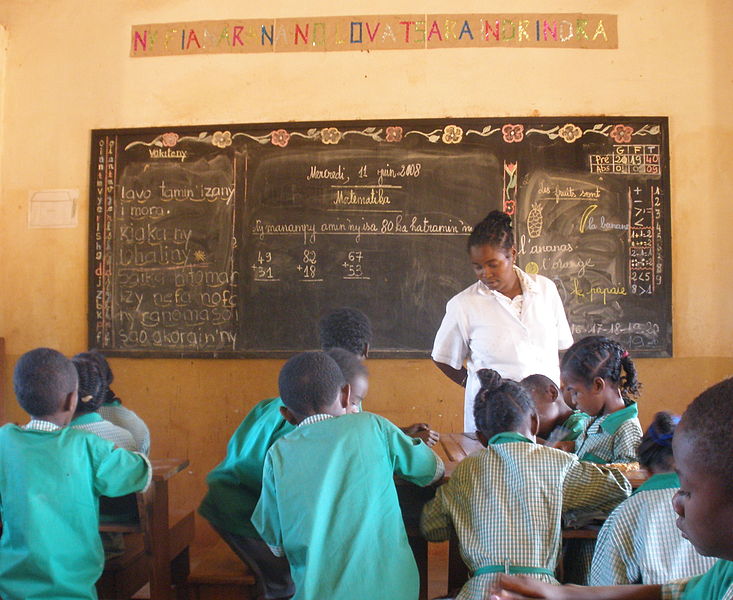 School buildings on Madagascar are very eye-catching. They are usually elongated buildings displaying the national flag. Usually they are situated outside of town and throughout the day, children wearing colourful uniforms flock to school in droves. The toilets often cause problems because there just aren’t enough for the number of children. Clean water is not always available. Some children have to travel up to 10 kilometres a day in order to receive an education. Around 75% of all children attend school and lessons are taught in French. For children in the first grade, this can pose a difficult challenge. There are no school fees, but school materials such as exercise and text books cost around 14 Dollars a year. This is a lot of money considering a high percentage of Madagascans earn around one Dollar a day. This is why many children have to help with farming work. Compulsory schooling lasts seven years, however very few children manage to continue until completion. This is a shame because the best-paid jobs are in the public sector, but to succeed in this branch, a school leaving certificate is required.
School buildings on Madagascar are very eye-catching. They are usually elongated buildings displaying the national flag. Usually they are situated outside of town and throughout the day, children wearing colourful uniforms flock to school in droves. The toilets often cause problems because there just aren’t enough for the number of children. Clean water is not always available. Some children have to travel up to 10 kilometres a day in order to receive an education. Around 75% of all children attend school and lessons are taught in French. For children in the first grade, this can pose a difficult challenge. There are no school fees, but school materials such as exercise and text books cost around 14 Dollars a year. This is a lot of money considering a high percentage of Madagascans earn around one Dollar a day. This is why many children have to help with farming work. Compulsory schooling lasts seven years, however very few children manage to continue until completion. This is a shame because the best-paid jobs are in the public sector, but to succeed in this branch, a school leaving certificate is required.
Games Children play in Madagascar
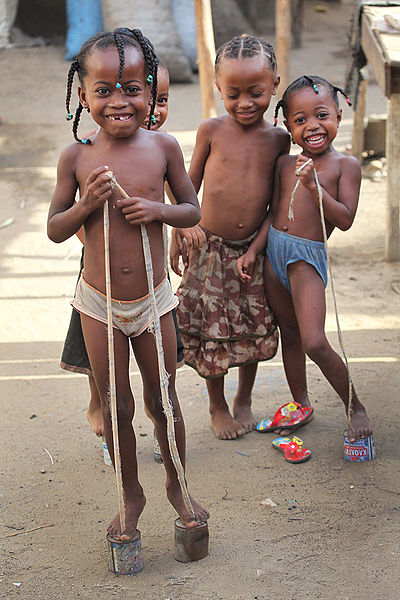 Even though life on Madagascar can be difficult, both children and adults enjoy playing and celebrating together. Children play similar games to us, for example, ball games, puzzles and board games. The most popular Madagascan game is called “fanorona”. Children start learning to play the same instruments as the adults very early in life. Madagascans are known to use every opportunity they can to play music. On the city streets jazz, chansons and western pop music can be heard, while in the villages traditional folk music is played. In coastal areas you are likely to hear dance music known as “salegi”. Madagascar’s most famous musical instrument is the bamboo harp or “valiha” which is still played on Madagscar today. The island dwellers are very creative when it comes to making musical instruments. They make drums out of animal skin, wind instruments out of sea shells and use bull horn to make the typical horn blowing sound. Madagascans also love theatre and enjoy putting on shows. They are always creating new pieces of drama, which is not surprising considering their own adventurous history. A very special art form is that of holding speeches or “kabary”. Even lessons in school are given on how to make a good speech.
Even though life on Madagascar can be difficult, both children and adults enjoy playing and celebrating together. Children play similar games to us, for example, ball games, puzzles and board games. The most popular Madagascan game is called “fanorona”. Children start learning to play the same instruments as the adults very early in life. Madagascans are known to use every opportunity they can to play music. On the city streets jazz, chansons and western pop music can be heard, while in the villages traditional folk music is played. In coastal areas you are likely to hear dance music known as “salegi”. Madagascar’s most famous musical instrument is the bamboo harp or “valiha” which is still played on Madagscar today. The island dwellers are very creative when it comes to making musical instruments. They make drums out of animal skin, wind instruments out of sea shells and use bull horn to make the typical horn blowing sound. Madagascans also love theatre and enjoy putting on shows. They are always creating new pieces of drama, which is not surprising considering their own adventurous history. A very special art form is that of holding speeches or “kabary”. Even lessons in school are given on how to make a good speech.
Ginger, Chili and Peppercorns
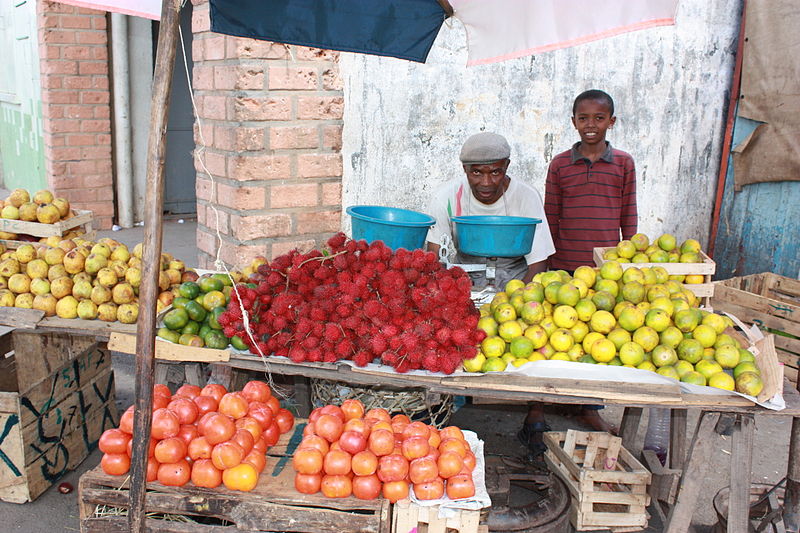 A unique aroma of cinnamon, pepper, vanilla and nutmeg drifts over Madagascar. The majority of the population make a living from farming and the herb and spice trade. Hundreds of years ago, spices made the island rich, but unfortunately also very desirable to outsiders. France wanted governance of Madagascar in order to control the spice market. Pepper is the world’s oldest spice. It is a tropical climbing plant, able to reach heights of up to 15 metres supported by another plant or tree. Black, white, green and red pepper all come from the same plant. The colours show different degrees of ripeness. Tea and coffee plants also thrive in areas where pepper grows. Very quickly, tea and coffee plantations began to spring up next to the spice plantations on Madagascar. The island’s cuisine is heavily influenced by the wide variety of plants and spices which thrive there, along with fish and seafood caught by its inhabitants. Whether in the morning, afternoon or evening, the basis of every meal is rice. Herb leaves, Cassava and beans are used for side dishes. Ginger and garlic are the most used spices. Beef, pork, chicken or fish are eaten on special occasions.
A unique aroma of cinnamon, pepper, vanilla and nutmeg drifts over Madagascar. The majority of the population make a living from farming and the herb and spice trade. Hundreds of years ago, spices made the island rich, but unfortunately also very desirable to outsiders. France wanted governance of Madagascar in order to control the spice market. Pepper is the world’s oldest spice. It is a tropical climbing plant, able to reach heights of up to 15 metres supported by another plant or tree. Black, white, green and red pepper all come from the same plant. The colours show different degrees of ripeness. Tea and coffee plants also thrive in areas where pepper grows. Very quickly, tea and coffee plantations began to spring up next to the spice plantations on Madagascar. The island’s cuisine is heavily influenced by the wide variety of plants and spices which thrive there, along with fish and seafood caught by its inhabitants. Whether in the morning, afternoon or evening, the basis of every meal is rice. Herb leaves, Cassava and beans are used for side dishes. Ginger and garlic are the most used spices. Beef, pork, chicken or fish are eaten on special occasions.
Madagascars rainforests
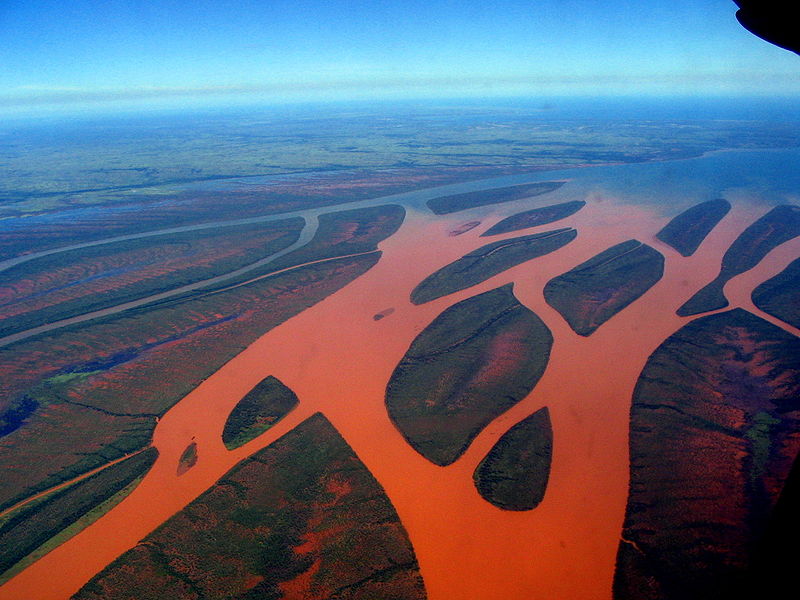 Madagascar was one of the last places on earth to be inhabited by humans. It is assumed that it was not until 350 BC that immigrants from South Asia and later East Africa and Arabia arrived on the island. Before the first inhabitants arrived, the island was almost completely covered by forest. Only 4% of the original forests remain! Unfortunately all attempts at reforestation so far have failed. The rest of the island is now dominated by secondary savannahs. These are areas which have suffered repeated fires, which have reduced the nutrients in the soil therefore only allowing grass to grow. Many rivers have dried out, as you can see in the picture on the left.
Madagascar was one of the last places on earth to be inhabited by humans. It is assumed that it was not until 350 BC that immigrants from South Asia and later East Africa and Arabia arrived on the island. Before the first inhabitants arrived, the island was almost completely covered by forest. Only 4% of the original forests remain! Unfortunately all attempts at reforestation so far have failed. The rest of the island is now dominated by secondary savannahs. These are areas which have suffered repeated fires, which have reduced the nutrients in the soil therefore only allowing grass to grow. Many rivers have dried out, as you can see in the picture on the left.
The History of Madagascar
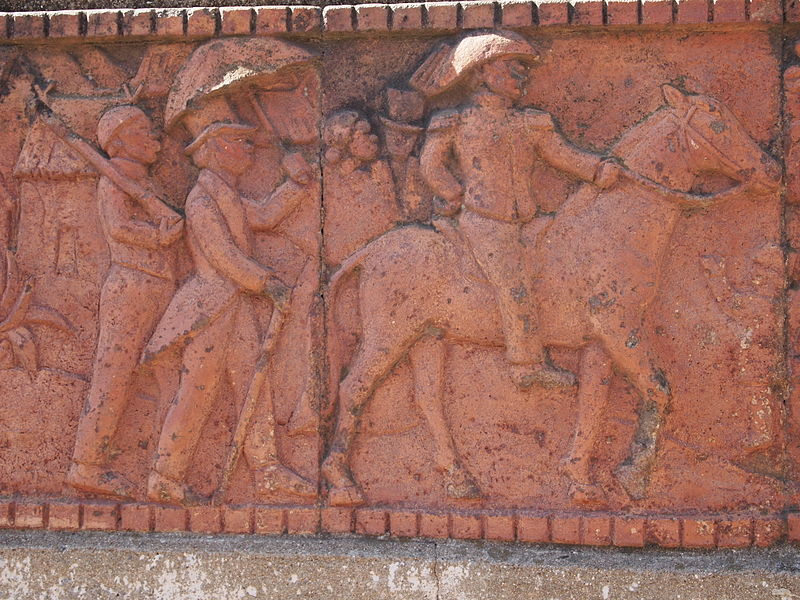
Madagascar Today
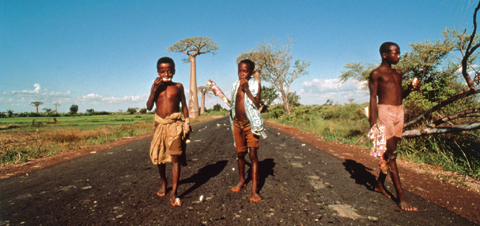 For many centuries, Magadascar has suffered political unrest. Currently a temporary government controls the country. This government was voted in undemocratically. Elections are planned to be held in 2013 but have not yet taken place. Due to political unrest, Madagascar is considered in economical terms to be a developing country. Large proportions of the population live in poverty and not everyone has access to clean water. Child labour is a huge problem. Around 2 million children are made to work instead of going to school. Many toil in quarries or in sapphire mines in the south of the country. Just as many work as domestic servants, in the fishing trade or in agriculture. Madagascans are aware that big changes need to be made to the political system. Their election slogan is “Mora, mora”. We take our time, but never come too late.
For many centuries, Magadascar has suffered political unrest. Currently a temporary government controls the country. This government was voted in undemocratically. Elections are planned to be held in 2013 but have not yet taken place. Due to political unrest, Madagascar is considered in economical terms to be a developing country. Large proportions of the population live in poverty and not everyone has access to clean water. Child labour is a huge problem. Around 2 million children are made to work instead of going to school. Many toil in quarries or in sapphire mines in the south of the country. Just as many work as domestic servants, in the fishing trade or in agriculture. Madagascans are aware that big changes need to be made to the political system. Their election slogan is “Mora, mora”. We take our time, but never come too late.
Musicians, singers and songwriters are Magadascar’s best representatives. One of its most famous singers was Freddy Mercury, from the band Queen. He was the son of Persian immigrants and his career began after leaving the island. Many musicians never leave the island. They write and produce songs using very basic studio equipment but make the best of the difficult conditions.


